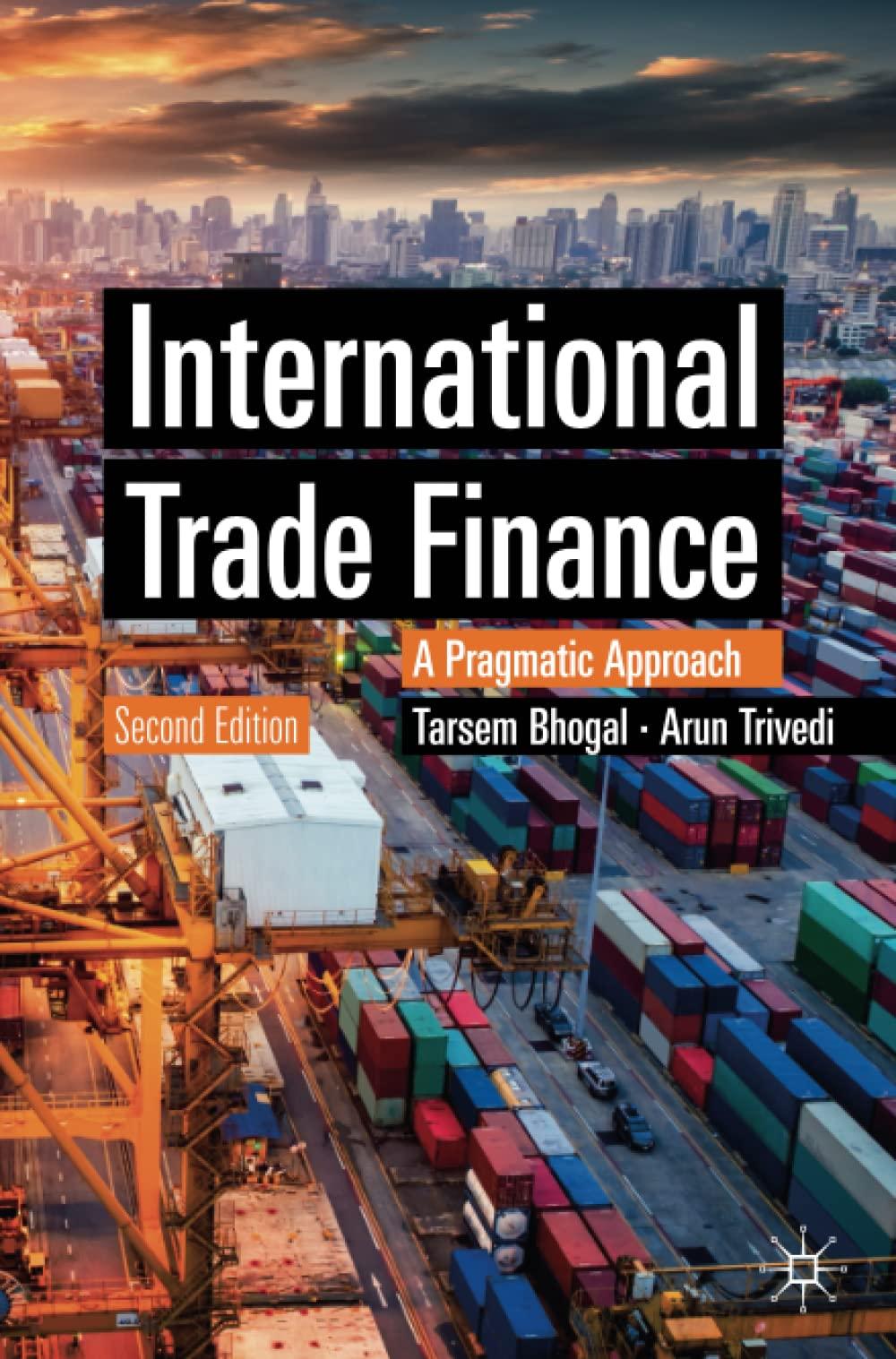Question
The story. BMW Group, owner of the BMW, Mini and Rolls-Royce brands, has been based in Munich since its founding in 1916. But by 2011,
The story. BMW Group, owner of the BMW, Mini and Rolls-Royce brands, has been based in Munich since its founding in 1916. But by 2011, only 17 per cent of the cars it sold were bought in Germany.
In recent years, China has become BMWs fastest-growing market, accounting for 14 per cent of BMWs global sales volume in 2011. India, Russia and eastern Europe have also become key markets.
The challenge. Despite rising sales revenues, BMW was conscious that its profits were often severely eroded by changes in exchange rates. The companys own calculations in its annual reports suggest that the negative effect of exchange rates totaled 2.4bn between 2005 and 2009.
BMW did not want to pass on its exchange rate costs to consumers through price increases. Its rival Porsche had done this at the end of the 1980s in the US and sales had plunged.
The strategy. BMW took a two-pronged approach to managing its foreign exchange exposure.
One strategy was to use a natural hedge meaning it would develop ways to spend money in the same currency as where sales were taking place, meaning revenues would also be in the local currency.
However, not all exposure could be offset in this way, so BMW decided it would also use formal financial hedges. To achieve this, BMW set up regional treasury centers in the US, the UK and Singapore.
Explain what foreign exchange risks BMW faced, and how they elected to mitigate or reduce these risks. Did you agree or disagree with this strategy.. explain your answer.
Step by Step Solution
There are 3 Steps involved in it
Step: 1

Get Instant Access to Expert-Tailored Solutions
See step-by-step solutions with expert insights and AI powered tools for academic success
Step: 2

Step: 3

Ace Your Homework with AI
Get the answers you need in no time with our AI-driven, step-by-step assistance
Get Started


